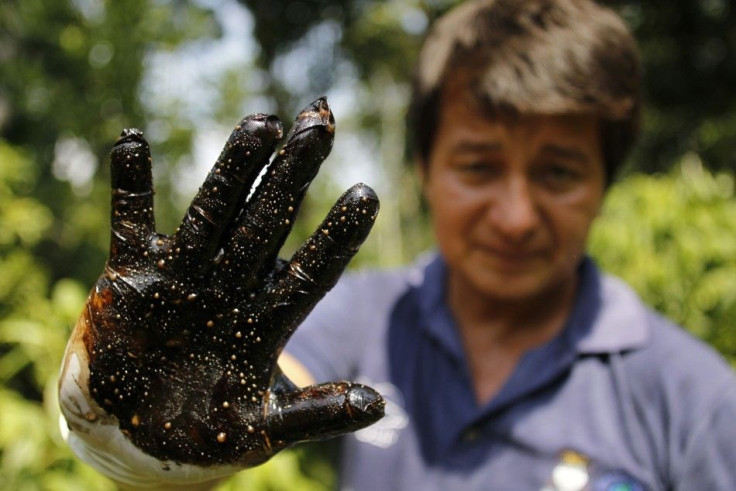Ecuador court fines Chevron $8-bln for polluting Amazon

A court in Ecuador has fined US oil explorer Chevron (NYSE: CVX) $8-billion for polluting part of the country's Amazon region.
The oil company’s predecessor, Texaco, which merged with Chevron in 2001, was accused of dumped more than 18-billion gallons of toxic materials into unlined pits and Amazon rivers between 1972 and 1992.
The suit was brought on behalf of 30,000 Ecuadoreans and has been dragging on for two decades.
Local activists claim that this dumping damaged crops, killed livestock and pushed local cancer rates. They also said the oil giant destroyed large portion of the rainforest.
Chevron said the court’s ruling was illegitimate and unenforceable and vowed said it would appeal.
The decision, the oil company added, was “the product of fraud and is contrary to the legitimate scientific evidence.”
In fact, Chevron has long insisted that it has cleaned up the damage it was responsible for and pointed to agreements it entered into with Ecuador’s state oil company, PetroEcuador, which allegedly agreed to perform the rest of the cleanup there.
“Rather than accept that responsibility, Chevron has launched a campaign of warfare against the Ecuadorian courts and the impoverished victims of its unfortunate practices,” said the Amazon Defense Coalition, which represents the plaintiffs.
Pablo Fajardo, an attorney for the plaintiffs, described the ruling as a great step that we have made toward the crystallization of justice to the AP. But he added the damaged assessed were too low and he might appeal.
© Copyright IBTimes 2025. All rights reserved.





















